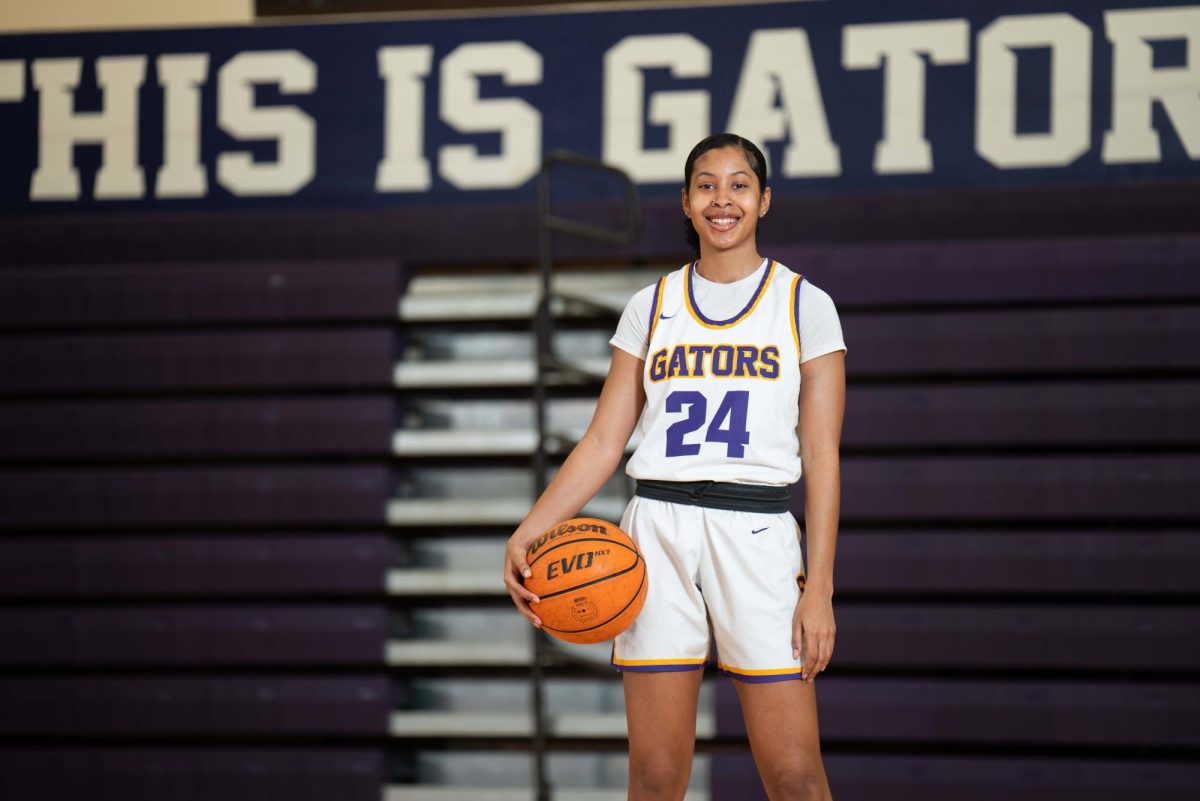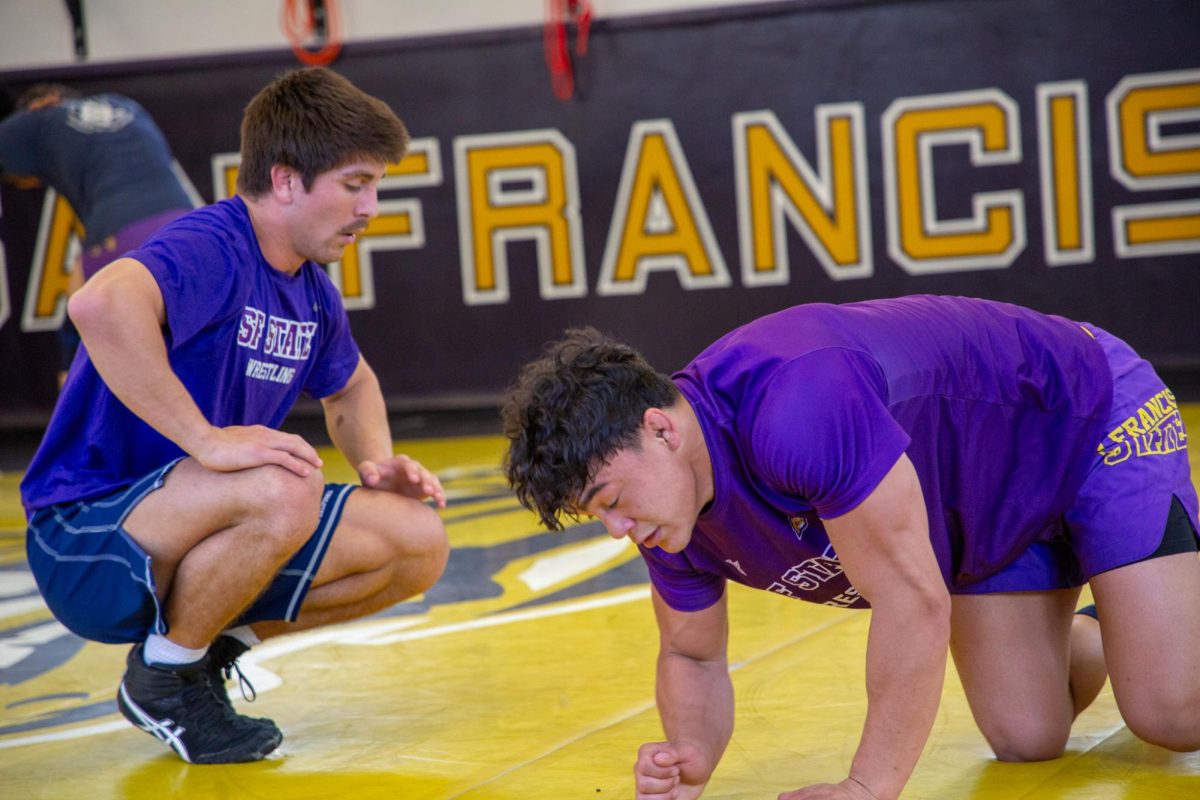The recruitment process to turn an athlete into a Gator athlete isn’t as strenuous as one may think.
At San Francisco State, each sport goes through its own unique recruitment process by means of determining who would be a good fit for the team and the SF State community.
For fall sports, athletes are recruited and expected to hit the ground running as teams only have a few weeks to prepare for gameplay.
“Almost all of our recruiting is done by the time they are seniors,” said head volleyball coach Matt Hoffman. “Especially since we are a fall sport, we don’t have time to bring them here, work them over fall then play in spring. We have two weeks, then we play.”
Due to Title IX, the roster limits vary for each male and female sport. For volleyball, Hoffman’s roster can hold up to 18 players, but he has chosen to stick with 14-16 players a season.
“The risk is that if you take freshmen to get you to 18 [players], what happens if you graduate two? Now you can only recruit two, but maybe you found four good athletes,” Hoffman said.

Volleyball follows potential athletes typically starting in their sophomore year of high school and begins the recruitment process the following year. Identifying potential athletes depends on players and coach connections.
“Sometimes we will get emails from the athlete with a video saying ‘Hey come take a look at me’ and we will go from that point,” Hoffman said. “Other times you’ll have friends that are club directors or high school coaches that might ask what you’re looking for or send you someone and say ‘Hey, here is someone you might want to look at.’”
Athlete recruitment normally takes place within California since out-of-state tuition is costly, but it is not uncommon for a player to make their way into the swamp from a different state.
Vince Inglima, head coach of the men’s basketball team, says that it’s more effective to recruit players from California than it is to look outside of the state.
“We recruit almost exclusively in California, thankfully we have 40 million people so we have a nice big pool to fish out of,” Inglima said. “Everyone we recruit touches California in some way, we really hammer the Bay Area but we do get quite a few Southern California athletes as well.”
Much like volleyball, basketball has a guaranteed roster spot for everyone that is recruited since they have little time to prepare before season starts. Inglima makes sure those with potential to become a Gator have two key attributes.
“High character, high competitiveness. Those two are musts,” Inglima said. “Your competitiveness and character are the foundation of what we have built and that’s why we track kids that bring that everyday and those are the two things that are non-negotiable in the recruiting process for us.”
Having a potential athlete mesh with the current team is important for SF State. Not only do coaches look for talent, but they focus on finding a player that will add good chemistry to the team.
“How a player interacts with the team is something we always take into account. It’s more important that our chemistry is right so it can get us to the next level than just having a bunch of good guys,” Inglima said. “In pressure situations, if they don’t come together we lose those games – it’s really important.”
However, spring sports is a different story. For baseball, those recruited don’t have a guaranteed spot on the 32-36 man roster.
“They are on the team if I give them scholarship money or if I give them what’s called a guaranteed roster spot which is a verbal commitment,” said head coach Tony Schifano. “We can recruit a young man and offer him a walk-on position and he has a guaranteed spot in the fall but not for spring. There’s probably four or five spots that are open right now and there’s a handful of walk-ons competing for those spots.”
Recruitment of a college freshman versus a college transfer comes with their own different benefits and are heavily considered when determining what each team needs come the next season.
“My preference is finding a young man that’s committed to being a good student, serving his community and being a hard worker on the field and in the classroom. I do like recruiting freshman because I have four years to mold them … with junior college players you have an older, stronger, more seasoned player who has been in the system as well, so you get the best of both worlds,” Schifano said.
Once an athlete is recruited and finds their home away from home, the final step in the process is having the player adjust to their new life as a Gator.
“As coaches we try to help them out as much as possible, but I think college is a time to kind of cut the cord a little bit and if they do have some hiccups here and there, that’s life,” Schifano said. “It will just help prepare them for later on in life after SF State.”










